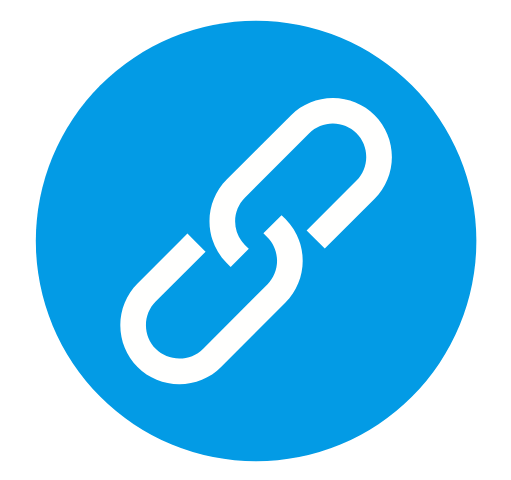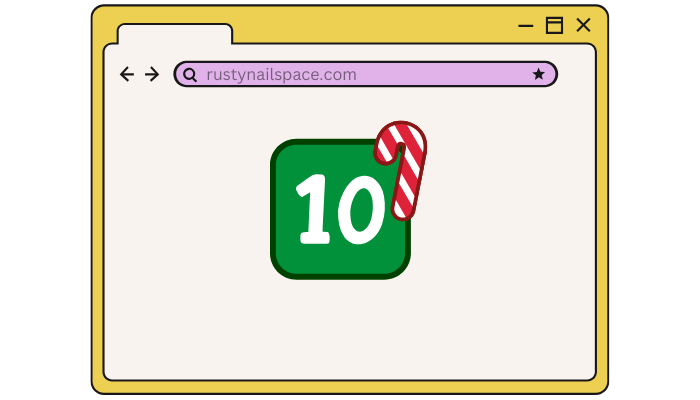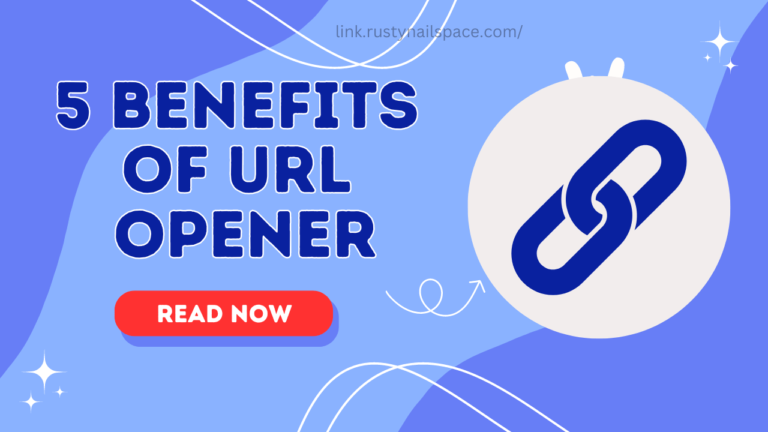Are you looking to get things done faster and more efficiently? Then web productivity tools are here to save the day! These tools aren’t just for busy professionals; they’re designed to make life easier for anyone who wants to manage their time, tasks, and projects better. But with so many options, how do you start choosing?
Why Are Productivity Tools So Important?
Productivity tools are like having a virtual assistant on standby. They help us streamline our workflows, collaborate effectively, and make the best use of our time. Imagine trying to juggle school assignments, personal projects, and maybe even a part-time job – tools like these can make that possible without feeling overwhelmed.
20 Essential Productivity Web Tools
Here’s the list of 20 essential web productivity tools for boosting efficiency:
20. Microsoft OneNote – Comprehensive Digital Notebook
Microsoft OneNote is a versatile digital notebook that captures ideas, and notes, and organizes information in one place. You can create notebooks with individual sections and pages, making it perfect for both personal and professional use. Its integration with other Microsoft products also makes sharing and collaborating on notes a breeze.
OneNote’s ability to embed files, images, and links directly on the page makes it a valuable tool for students, educators, and professionals. The app’s search feature helps users find specific information quickly, even in long, complex notes. Plus, it works seamlessly on desktop and mobile, allowing easy access to notes on the go.
19. Miro – Collaborative Online Whiteboard
Miro offers an interactive digital whiteboard experience, ideal for brainstorming and visual collaboration with teams. You can add sticky notes, flowcharts, and diagrams, and even connect with video chat, making it a go-to for remote and hybrid teams. Miro’s visual interface helps you map out ideas, plan projects, and organize thoughts in real time.

With templates and tools for wireframing, mind mapping, and process design, Miro supports creative projects and structured tasks alike. Its integration with platforms like Slack and Google Drive makes it easy to share and collaborate on boards. Overall, Miro is a fantastic tool for creative teams looking to streamline brainstorming and project planning.
18. Canva – Quick Graphic Design for Beginners
Canva simplifies graphic design by offering drag-and-drop tools and thousands of templates. It’s great for creating social media graphics, presentations, posters, and more, with no design skills needed. Canva’s user-friendly interface makes it accessible to beginners, and its templates save time while giving a professional look.

With customizable fonts, images, and icons, users can create unique designs in minutes. Canva’s extensive library of pre-made graphics and elements makes it suitable for a wide range of projects. For advanced features, Canva Pro offers additional templates, premium elements, and resizing options, making it versatile for business needs.
17. Microsoft To Do – Integration with Microsoft 365
Microsoft To-Do is a simple but effective task management tool that integrates smoothly with the Microsoft 365 suite. It allows users to set reminders, and due dates, and prioritize tasks, helping organize daily routines and projects. This tool works well for anyone already using Microsoft products, as it syncs seamlessly with Outlook and Teams.
With its clean, user-friendly interface, Microsoft To-Do is intuitive, making it suitable for beginners and those who need straightforward task tracking. The app also offers a My Day feature, which lets users set daily priorities for a productive day. It’s available on desktop and mobile, keeping tasks accessible wherever you are.
16. Todoist – Simplified Task Management
Todoist provides a streamlined approach to task management, with intuitive tools for creating to-do lists, setting priorities, and tracking progress. You can organize tasks by projects, add due dates, and even set up recurring tasks for repeated routines. Its clean design and ease of use make it an ideal tool for both personal and team task management.
Todoist’s priority level options allow users to focus on their most important tasks first. The app also has powerful productivity tracking features, like a karma score to help users build better habits. Todoist offers integrations with Google Calendar and other apps, creating a cohesive workflow.
15. Feedly – Follow Your Favorite Content Creators
Feedly is an RSS feed reader that allows you to track content from blogs, news sites, and other web sources in one place. It organizes your feeds into categories, so you can easily stay updated on the topics that matter to you. Feedly’s clean and customizable interface makes it a favorite for keeping up with news, industry insights, and more.

Feedly also integrates with other productivity tools, allowing you to share interesting articles with your team. You can follow websites, YouTube channels, and even specific Twitter hashtags. For avid readers and researchers, Feedly is a central hub for all the latest content and information.
14. Pocket – Save Articles and Web Pages
Pocket lets users save articles, web pages, and videos for offline viewing, so you can catch up on reading later. It’s perfect for people who stumble across interesting content but don’t have time to read it immediately. The saved content can be accessed from any device, making it easy to continue reading wherever you are.

Pocket’s tagging feature lets you organize saved items by topics or interests, so finding specific content later is easy. It’s especially useful for researchers, students, or anyone looking to gather information over time. With an easy-to-use interface and unlimited storage, Pocket is a valuable tool for online research and reading.
13. IFTTT – If This, Then That Automation
IFTTT connects your apps and devices to automate tasks, creating “if this, then that” workflows. For example, you could automatically back up Instagram photos to Dropbox or receive weather alerts on your phone. It’s a simple tool for connecting different apps and creating automated routines that save time and effort.
IFTTT supports hundreds of apps and devices, from social media and smart home devices to email and task management tools. With pre-built automation recipes, it’s easy for anyone to start using IFTTT without programming knowledge. This tool is perfect for creating simple automation that frees up time for more critical tasks.
12. Zapier – Connect All Your Apps
Zapier takes automation a step further by connecting over 2,000 apps, helping create complex workflows across multiple platforms. You can set up automated “Zaps” that perform tasks based on specific triggers, like creating a Trello card for new email contacts. It’s a powerful way to streamline repetitive tasks without any coding.

The platform is ideal for teams and businesses looking to optimize productivity through automation. With Zapier, you can connect tools like Slack, Google Drive, and CRM systems, enabling data to flow smoothly between them. It’s ideal for companies or individuals managing large workflows across various platforms.
11. Evernote – Reliable Note-Taking
Evernote is one of the most popular note-taking apps, with features for organizing and storing notes, photos, and even audio recordings. Its search function makes finding notes easy, even in a vast collection. Evernote also lets you organize content with tags and notebooks, making it easy to manage projects or topics.

Evernote is available across multiple devices, syncing seamlessly to ensure you can access your notes anywhere. The app supports multimedia notes, which is ideal for meetings, lectures, or any situation where you need to capture more than text. With its intuitive interface, Evernote makes note-taking simple and effective.
10. Notion – All-in-One Workspace
Notion is an incredibly versatile workspace that combines note-taking, task management, databases, and more in one place. Users can create pages, tables, kanban boards, and lists, allowing you to customize your workspace to suit your needs. Notion’s flexibility makes it perfect for project management, planning, and organizing information.
The platform supports team collaboration with real-time updates and shared pages, making it ideal for group projects. Notion’s powerful templates help users get started quickly, with layouts for anything from meeting notes to habit tracking. With its range of tools and customization options, Notion is a productivity powerhouse.
9. Dropbox – Organizing and Sharing Files
Dropbox is a reliable cloud storage service that makes it easy to store and share files. Its simple drag-and-drop interface and organizational features make file management a breeze. Dropbox is especially useful for collaborating on projects, as you can share files with others without sending large email attachments.

Dropbox integrates with several productivity apps, enhancing its utility as a file management hub. The tool’s advanced security features ensure that files remain safe and accessible only to authorized users. For teams that frequently share files, Dropbox is a reliable and accessible storage solution.
8. Google Drive – File Storage and Sharing
Google Drive offers cloud storage and real-time collaboration on documents, spreadsheets, and presentations. It’s an excellent option for individuals or teams needing a collaborative workspace to share and edit files. Google Drive integrates with Gmail and other Google tools, creating a unified productivity environment.
The platform’s sharing options make it easy to control who has access to your files and at what level (view, edit, or comment). Google Drive also has powerful search capabilities, helping you quickly find files or folders. For those already using Google products, Google Drive is a convenient and effective storage solution.
7. Focus@Will – Stay Focused with Music
Focus@Will provides music specifically designed to improve focus and concentration, ideal for studying, work, or deep thinking. The app uses science-backed music tracks that minimize distractions and enhance mental performance. It’s perfect for people who struggle with focus or need help staying in the zone.
Users can choose from different music styles depending on their preferences and tasks. The app’s music options are tailored to support productivity, helping create a rhythm that sustains concentration over time. Focus@Will is especially helpful for people who find traditional background music too distracting.
6. RescueTime – Track Your Digital Time
RescueTime runs in the background, tracking how much time you spend on various websites and apps. This insight allows users to identify distractions and improve their digital habits, helping reclaim lost time. For anyone who feels they’re spending too much time on non-productive sites, RescueTime is a wake-up call.

The app categorizes your time, showing you how productive your day has been. With detailed reports and alerts, it helps users set boundaries and stay on track. RescueTime is invaluable for people looking to understand their digital habits and make positive changes.
5. Zoom – Virtual Meetings and Webinars
Zoom is one of the most popular platforms for virtual meetings, allowing users to connect via video, audio, and chat. Its features, like screen sharing and breakout rooms, make it versatile for anything from business meetings to online classes. Zoom is a powerful tool for remote teams, teachers, and anyone needing face-to-face communication.
With integrations and ease of use, Zoom remains an accessible option for any level of user. It’s also adaptable, scaling well for both small team meetings and large webinars. Zoom’s functionality has made it essential for virtual collaboration in various settings.
4. Microsoft Teams – Integrating Workflows and Meetings
Microsoft Teams provides a comprehensive communication and collaboration platform that integrates with the Microsoft 365 suite. It’s perfect for teams needing a single place to chat, hold meetings, and share documents. Teams’ seamless integration with apps like Outlook and OneDrive makes it ideal for productivity-focused organizations.

Its channel-based organization helps teams stay organized and on-task. With tools for document collaboration, video calls, and app integration, Teams is an all-in-one workspace for business and education. For organizations already using Microsoft products, Teams is a natural fit for productivity.
3. Slack – Real-Time Team Communication
Slack is designed for team communication, offering instant messaging channels organized by topics, projects, or teams. It keeps conversations focused and minimizes email clutter by providing a central space for discussions. Slack also integrates with other apps like Google Drive and Trello, bringing all project elements together.

Slack’s search functionality helps users find past messages and shared files, making information retrieval quick and easy. Its real-time communication keeps teams connected, especially remote teams working across different locations. With custom notification settings, Slack ensures that essential updates aren’t missed.
2. Asana – Managing Bigger Projects
Asana is a project management tool designed to help teams plan, organize, and track work in a visual, accessible format. It provides tools for task assignments, timelines, and due dates, keeping projects on schedule. Asana’s flexibility allows users to create workflows, making it suitable for various industries and project types.
With its intuitive interface, Asana simplifies complex projects, helping team members understand each phase. It’s also customizable, supporting different views like lists, kanban boards, and calendars. Asana’s collaborative features are essential for teams managing multiple projects and deadlines.
1. Trello – Simple Task Organization
Trello is a popular, easy-to-use task management tool with a visual board system. Each project is organized into lists and cards, allowing users to track tasks, deadlines, and progress with a simple drag-and-drop feature. Trello’s boards are perfect for individual projects, team collaborations, and visualizing workflows.
Trello’s customizable templates make it adaptable for various tasks, from project planning to personal to-do lists. The tool’s integrations with apps like Slack, Google Drive, and Jira make it versatile and powerful. Trello’s straightforward design and flexibility make it an ideal productivity booster for everyone.
Conclusion
The right mix of productivity tools can transform the way you work. Pick a few from each category, try them out, and see what fits. The key is to start small – don’t overwhelm yourself with too many apps. Small steps in organization and workflow improvements can lead to big changes in how you manage your time and get things done.
FAQs
How Do I Know Which Productivity Tool I Need?
Start by identifying what areas you need help with, like time management or task tracking. Then look for tools that target those needs.
Can Productivity Tools Really Make a Difference?
Yes, they’re designed to streamline your workflow, helping you stay organized, focused, and efficient.
Are Paid Productivity Tools Worth the Investment?
Paid tools often come with advanced features, but free versions can be enough for many. Test both and see what meets your needs.
How Do I Stay Focused Using Digital Tools?
Choose tools that help minimize distractions, like RescueTime or Focus@Will, and set boundaries on non-work activities.
What Are Some Free Productivity Tools?
There are plenty, like Trello, Slack, Google Drive, and Canva. These tools offer robust features without costing a dime.








Hello.
This post was created with XRumer 23 StrongAI.
Good luck 🙂